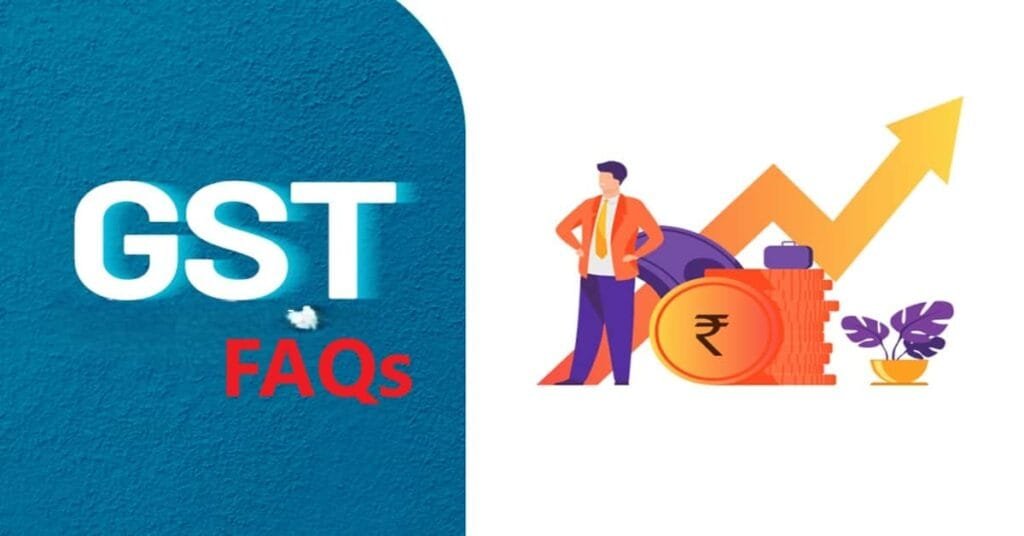Goods and Services Tax (GST) has significantly impacted the way businesses and consumers transact in many countries around the world. In essence, it simplifies a complex system of indirect taxes into a single, streamlined tax, making it easier for both businesses and consumers to understand their tax obligations. This blog post aims to provide a thorough overview of GST. It will cover its history, principles, structure, benefits, challenges, and recent developments.
Understanding GST
What is GST?
Goods and Services Tax (GST) is a value-added tax applied to the supply chain of goods and services across the economy. It is designed to eliminate the cascading effect of taxes, where a tax is levied on top of an already taxed amount, leading to higher costs for consumers and businesses. Essentially, GST is paid by consumers but collected by businesses, who then remit the tax to the government.
Historical Background
The concept of GST was first introduced in France in the 1950s, before being adopted by several other countries. In India, GST was launched on July 1, 2017, after years of planning and discussion among various stakeholders. The introduction of GST was aimed at creating a unified national market, facilitating easier compliance, and increasing tax revenues. Since its implementation, GST in India has significantly boosted tax collections, with gross GST revenue crossing ₹1.4 lakh crore monthly in 2022, showcasing its contribution to the economy.
Principles of GST
- Destination-Based Taxation: GST is levied at the point of consumption rather than the point of origin. This means that the tax is collected where the goods or services are consumed, resulting in a more equitable distribution of tax revenue.
- Value Addition: GST is designed as a value-added tax, meaning it is levied at each stage of the production and distribution process, with tax credits available for taxes paid on inputs. This ensures that the tax is only levied on the additional value created at each stage.
- Input Tax Credit: Businesses can deduct the GST they have already paid on their purchases (input tax) from the GST they collect from their sales (output tax). This mechanism aids in avoiding the cascading effect of taxes.
- Uniform Tax Rates: GST strives to maintain consistency in tax rates across different goods and services, which simplifies compliance and planning for businesses and consumers alike.
Structure of GST
There are generally three components of GST:
- Central GST (CGST): This part of the tax is collected by the central government on intra-state sales. For example, in a sale that takes place within a single state, both CGST and State GST (SGST) are applied.
- State GST (SGST): Collected by the state government on intra-state sales. For instance, when a product is sold in Maharashtra, both CGST and SGST are levied on it.
- Integrated GST (IGST): Applicable to inter-state sales, this is a combination of CGST and SGST, and it is levied by the central government. For example, if a product is sold from Maharashtra to Karnataka, IGST applies.
Categorization of Goods and Services
Goods and services under GST are classified into different tax slabs—commonly 0%, 5%, 12%, 18%, and 28%. Essential goods and services often fall under lower tax brackets, while luxury items are subject to higher rates. Additionally, some goods are classified under a separate category with specific rates, such as sin goods (tobacco, alcohol).
Benefits of GST
- Elimination of Cascading Taxes: GST replaces multiple indirect taxes, therefore reducing the tax burden on goods and services.
- Simplified Compliance: Businesses can manage their accounts under a single tax system rather than navigating multiple state and central taxes.
- Improved Efficiency in Tax Administration: The introduction of technology for filing returns and managing tax credits has enhanced transparency and reduced compliance costs.
- Boost to the Economy: With streamlined tax structures, businesses can pass on the savings to consumers, leading to competitive pricing and increased consumption.
- Increased Revenue for Governments: By broadening the tax base and ensuring compliance, GST aims to increase the tax revenues for both state and central governments.
Challenges of GST
- Technological Barriers: The digital infrastructure required for GST compliance can pose challenges to smaller businesses lacking adequate resources.
- Complex Filing Processes: While GST attempts to simplify compliance, the requirement for regular returns and the multitude of forms can be overwhelming for some businesses.
- Initial Impact on Small Businesses: Many small enterprises initially struggled to adapt to the new tax regime, incurring higher compliance costs.
- Tax Litigation: As with any tax system, disputes may arise between businesses and tax authorities, leading to increased litigation and uncertainty.
- State Revenues: States dependent on specific taxes, like liquor or petroleum, have had to adapt to potential declines in revenue, stirring debates about the fair distribution of tax revenue.
Recent Developments in GST
Since its inception, GST has undergone several amendments aimed at refining and improving its effectiveness:
- Reduction of Tax Rates: Over time, the government has made adjustments in the tax rates for several sectors to ease the burden on consumers and encourage consumption.
- Advance Ruling Authority: To reduce disputes and unclear tax liability, an authority has been established for businesses to seek advance rulings on GST applicability.
- Introduction of E-Way Bills: To improve freight and logistics management, the e-way bill system allows for tracking and checking of the movement of goods across states.
- GST Council Meetings: Regular meetings of the GST Council, consisting of finance ministers from various states and the central government, focus on issues of compliance, rates, and technology enhancements.
- Awareness Programs: The government has initiated numerous campaigns to educate businesses and consumers about GST to facilitate better compliance.
Conclusion
Goods and Services Tax (GST) represents a significant leap towards achieving a more streamlined and efficient tax system by eliminating cascading taxes and simplifying compliance. Despite challenges, ongoing reforms and education efforts indicate GST’s pivotal role in tax reform and its potential to shape the future of commerce.
Through understanding its intricacies, businesses and consumers can better navigate the evolving landscape of taxation and contribute to a more prosperous economy.


